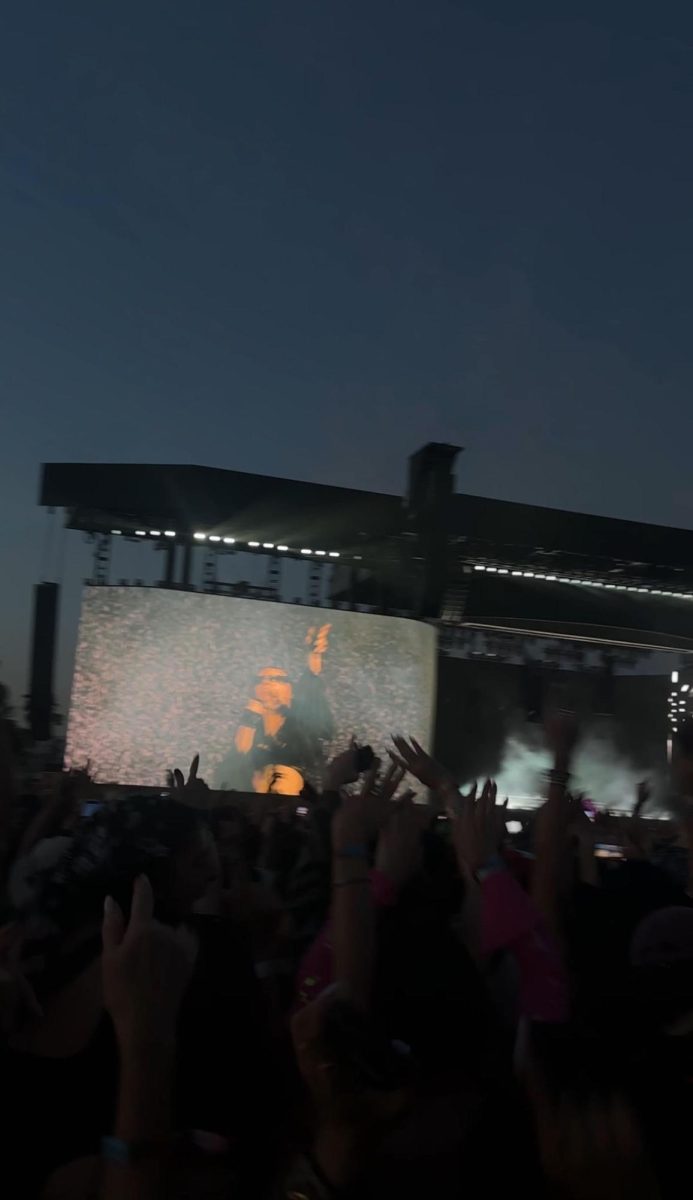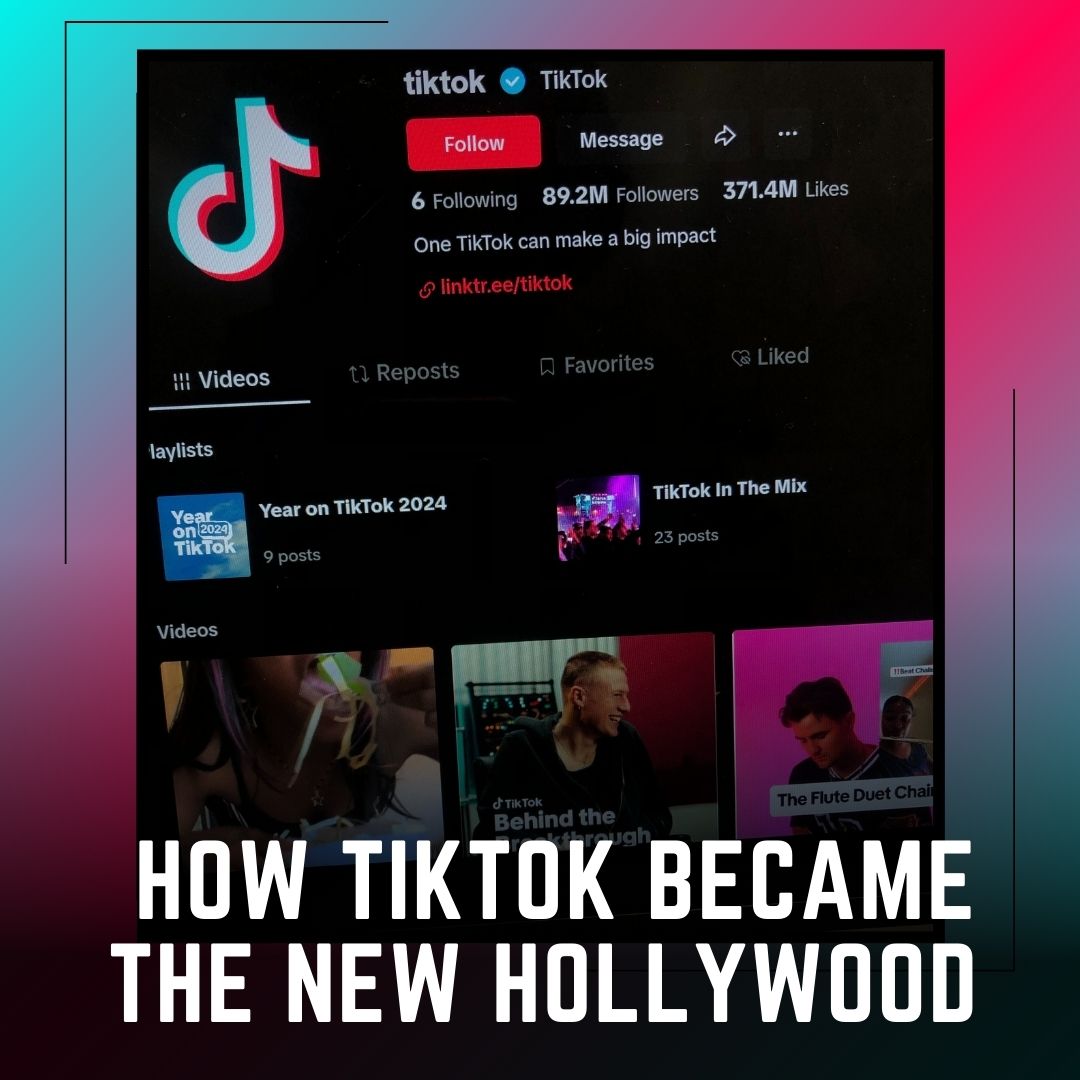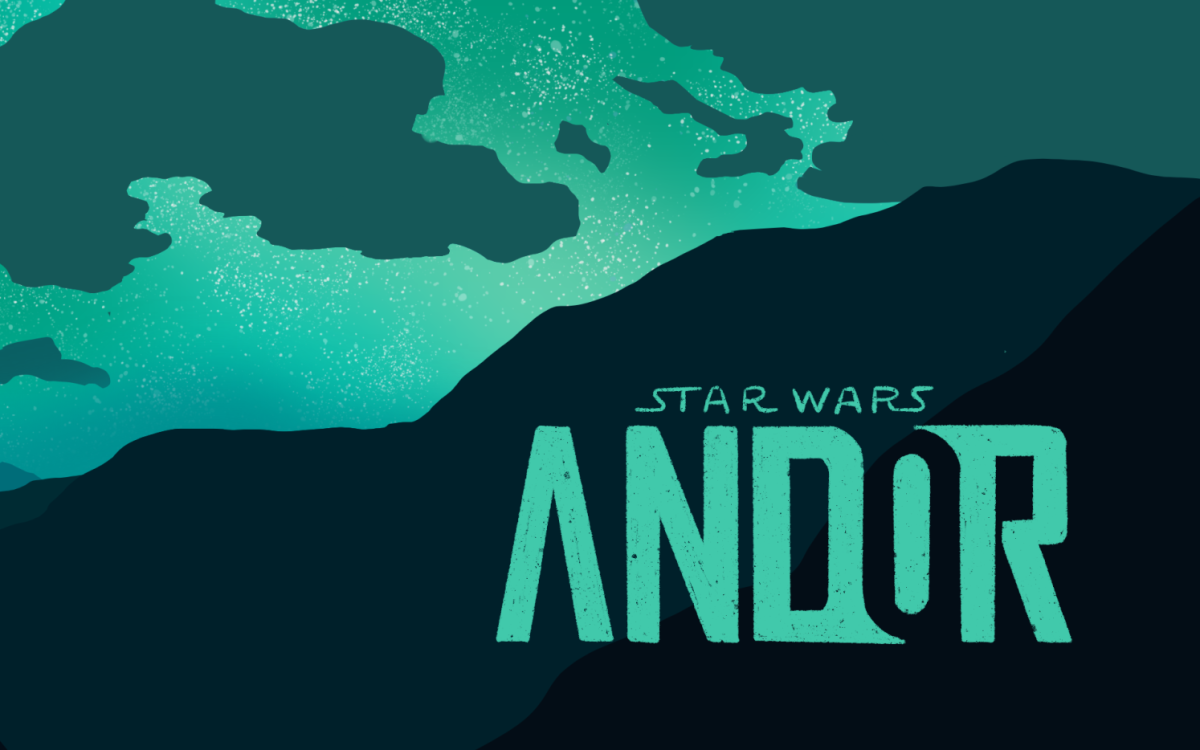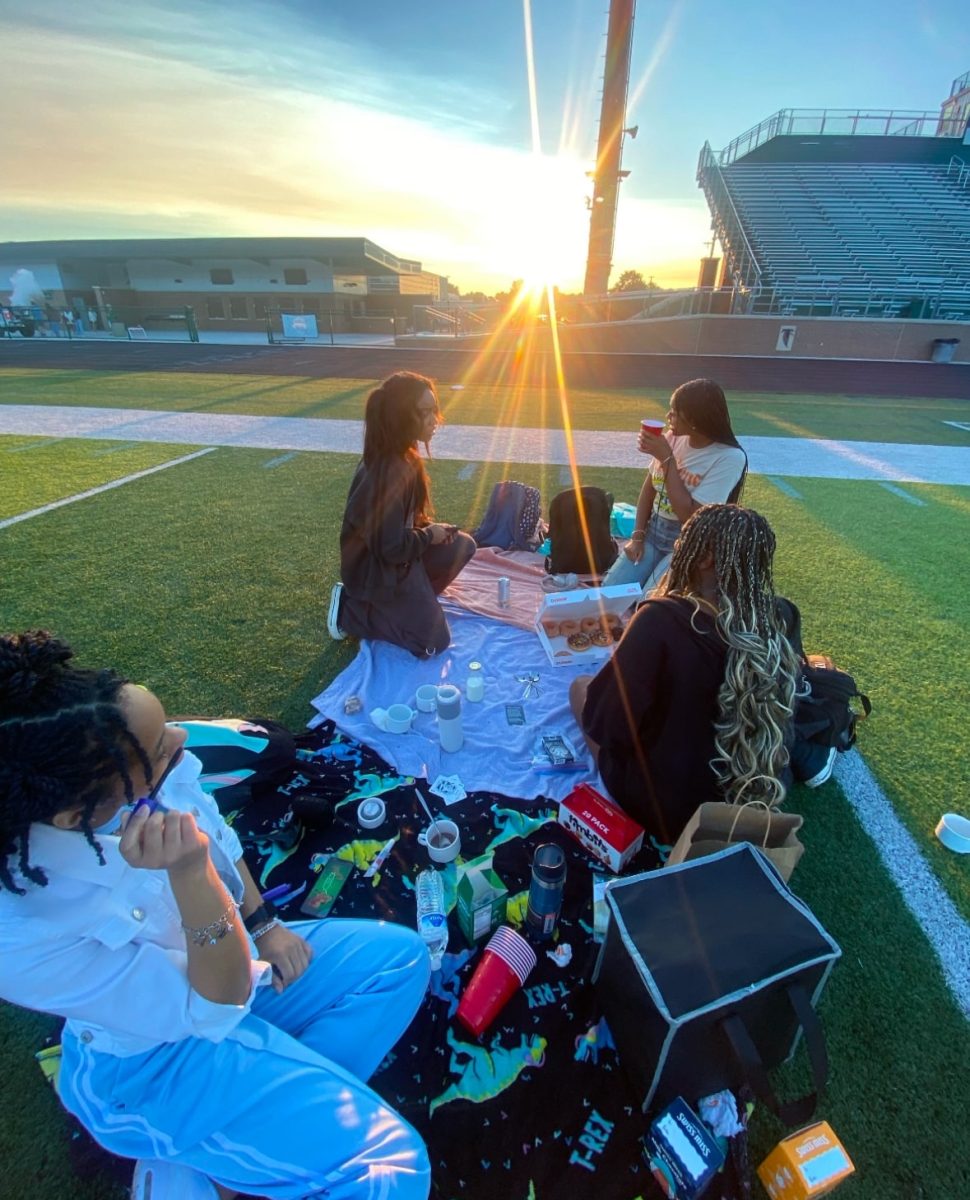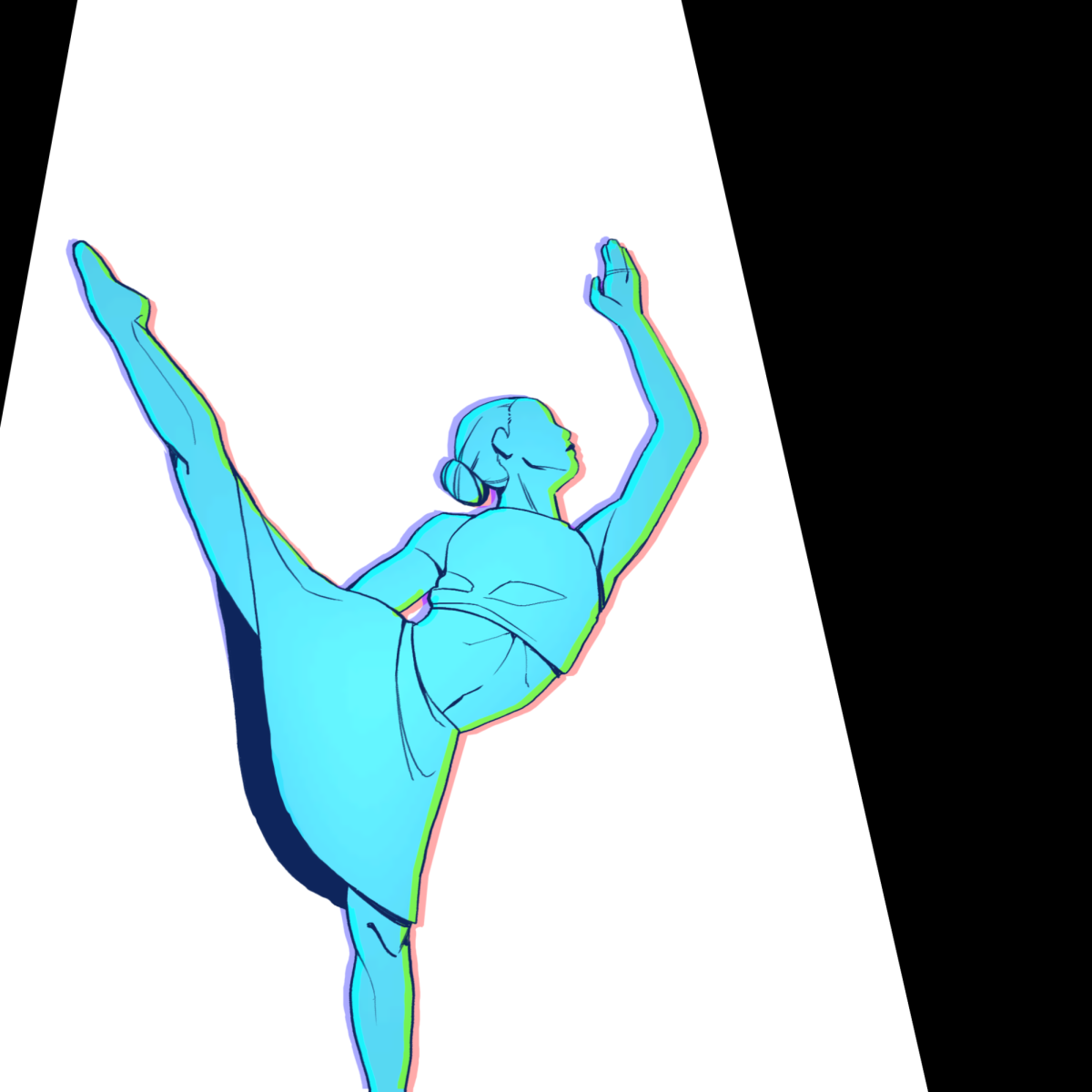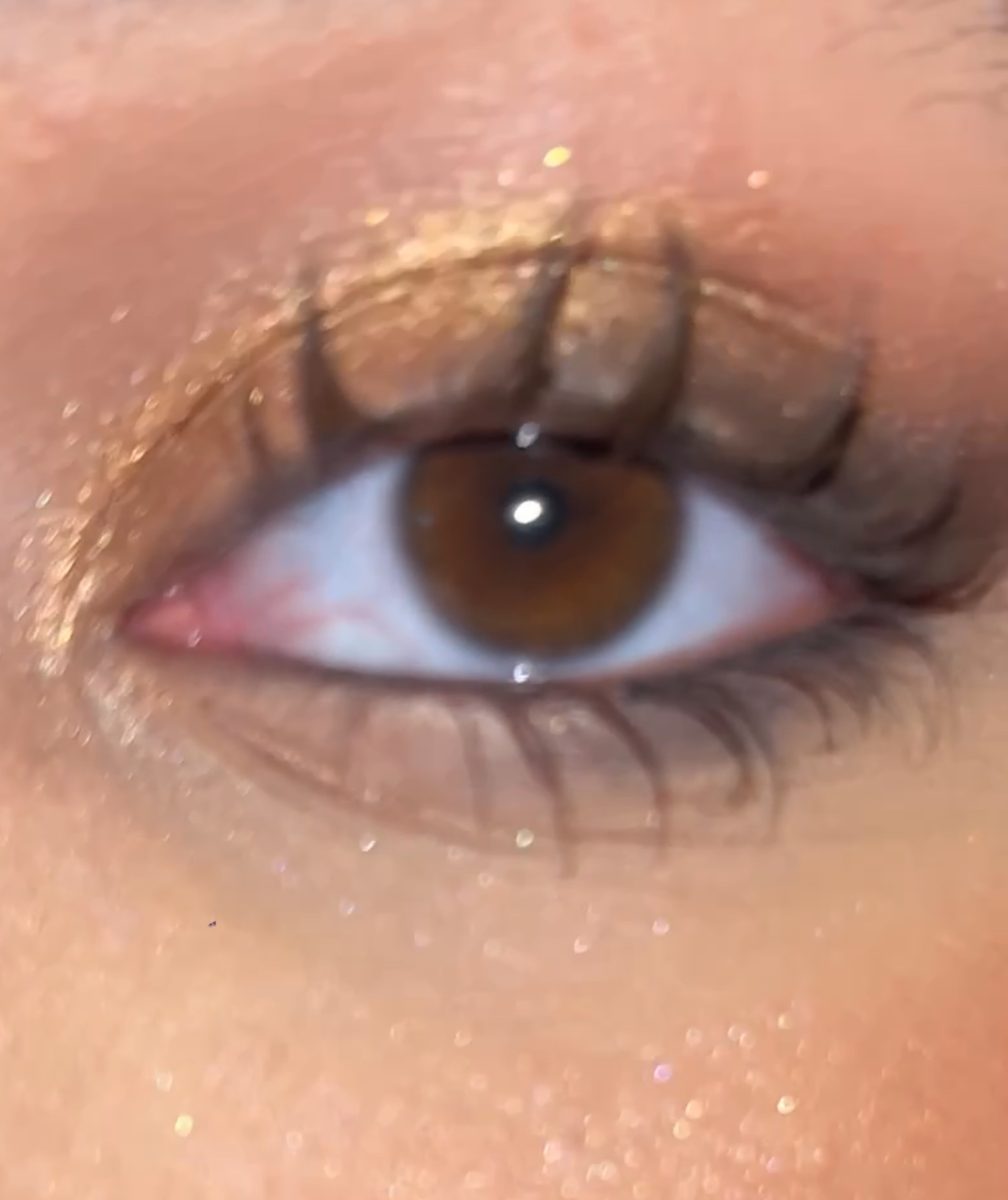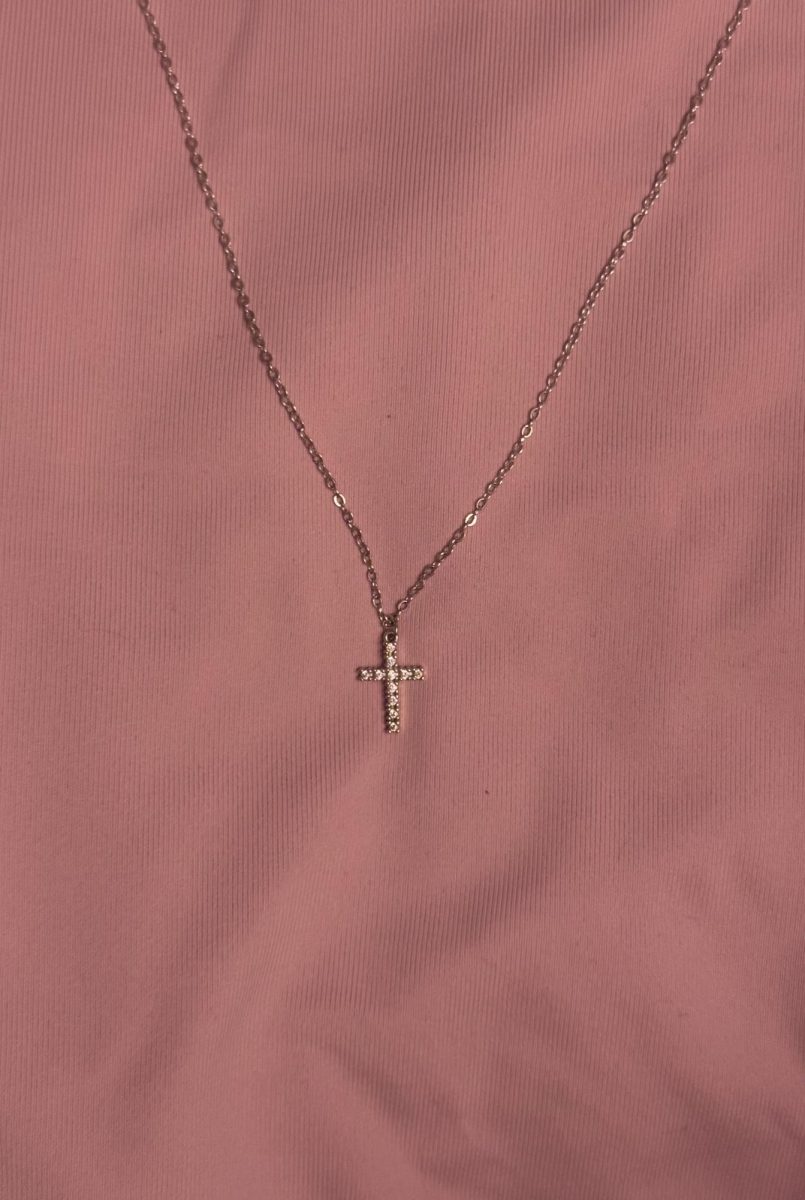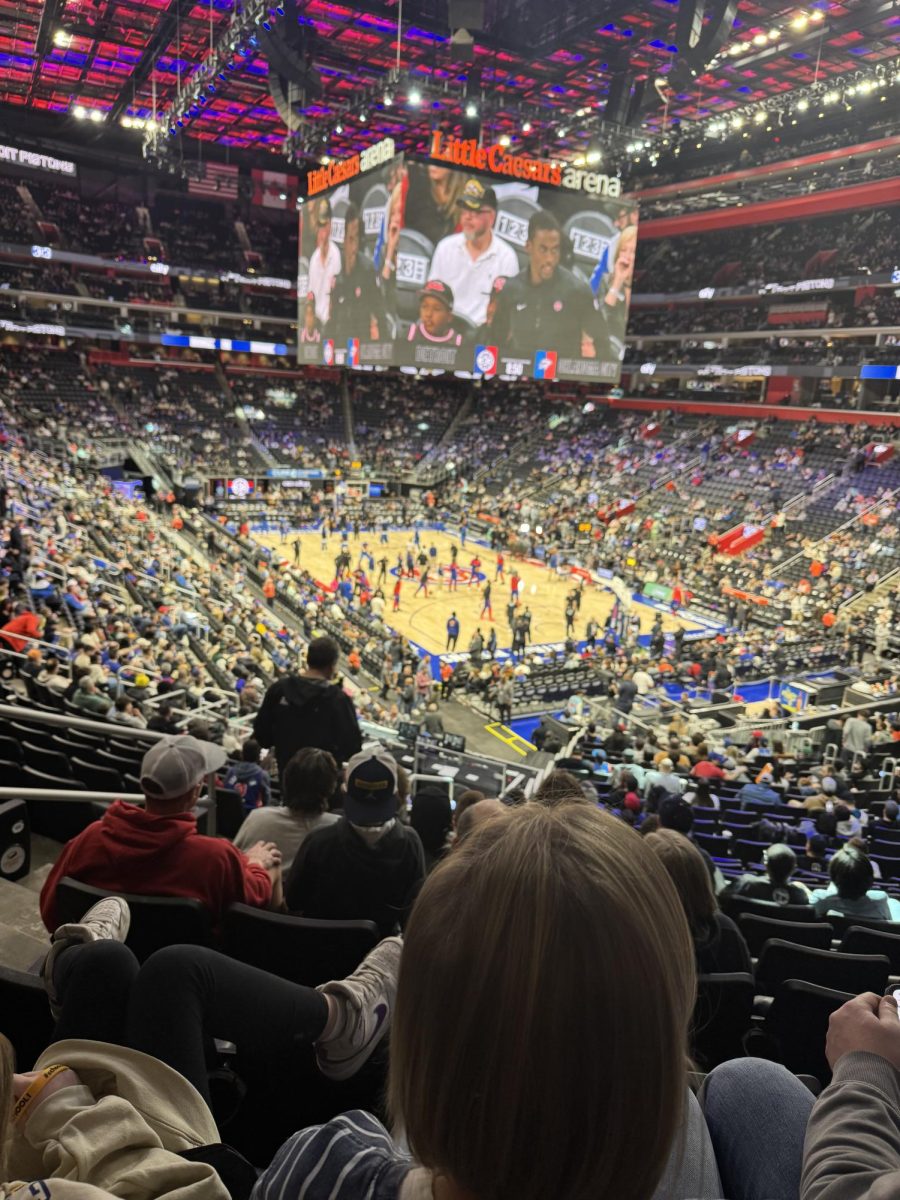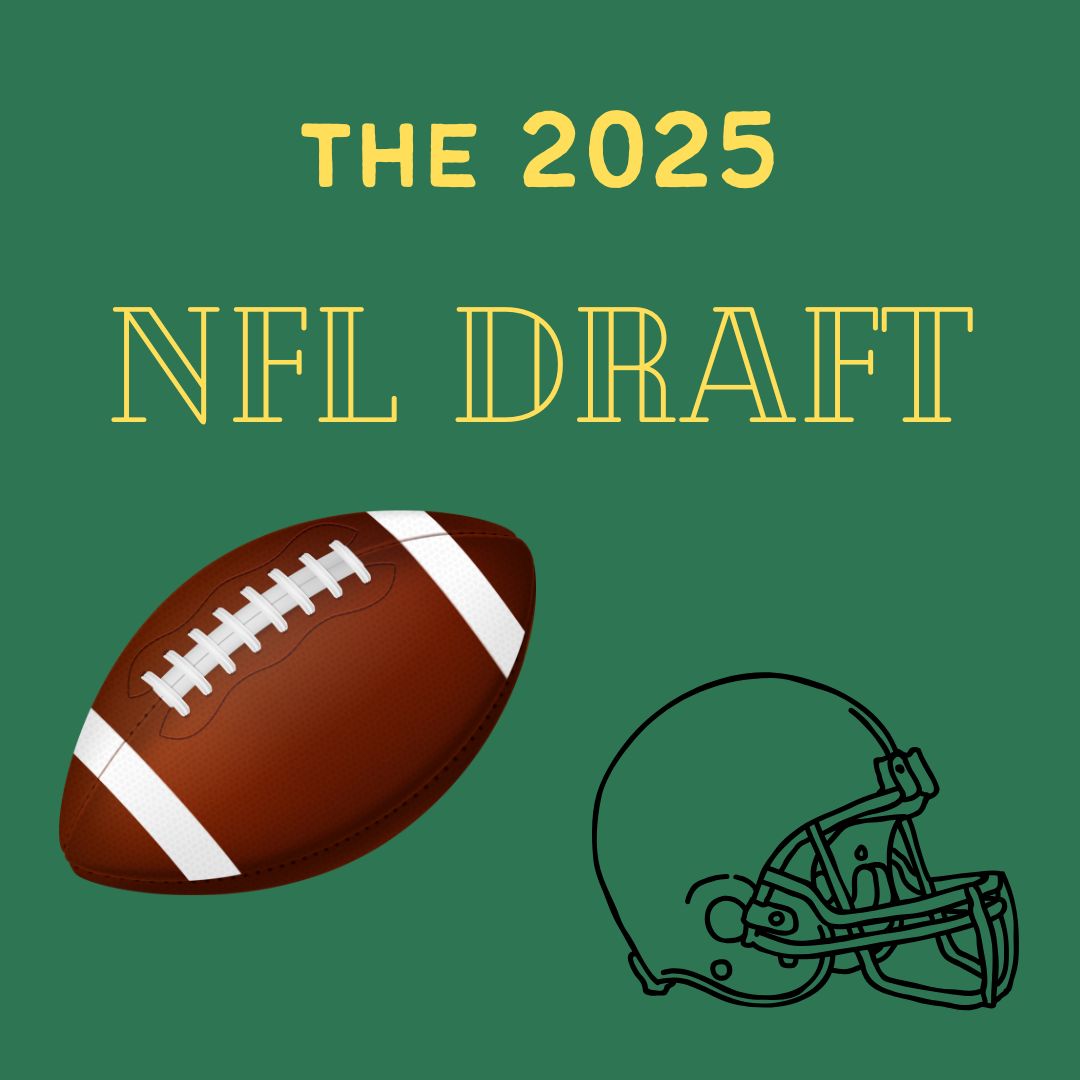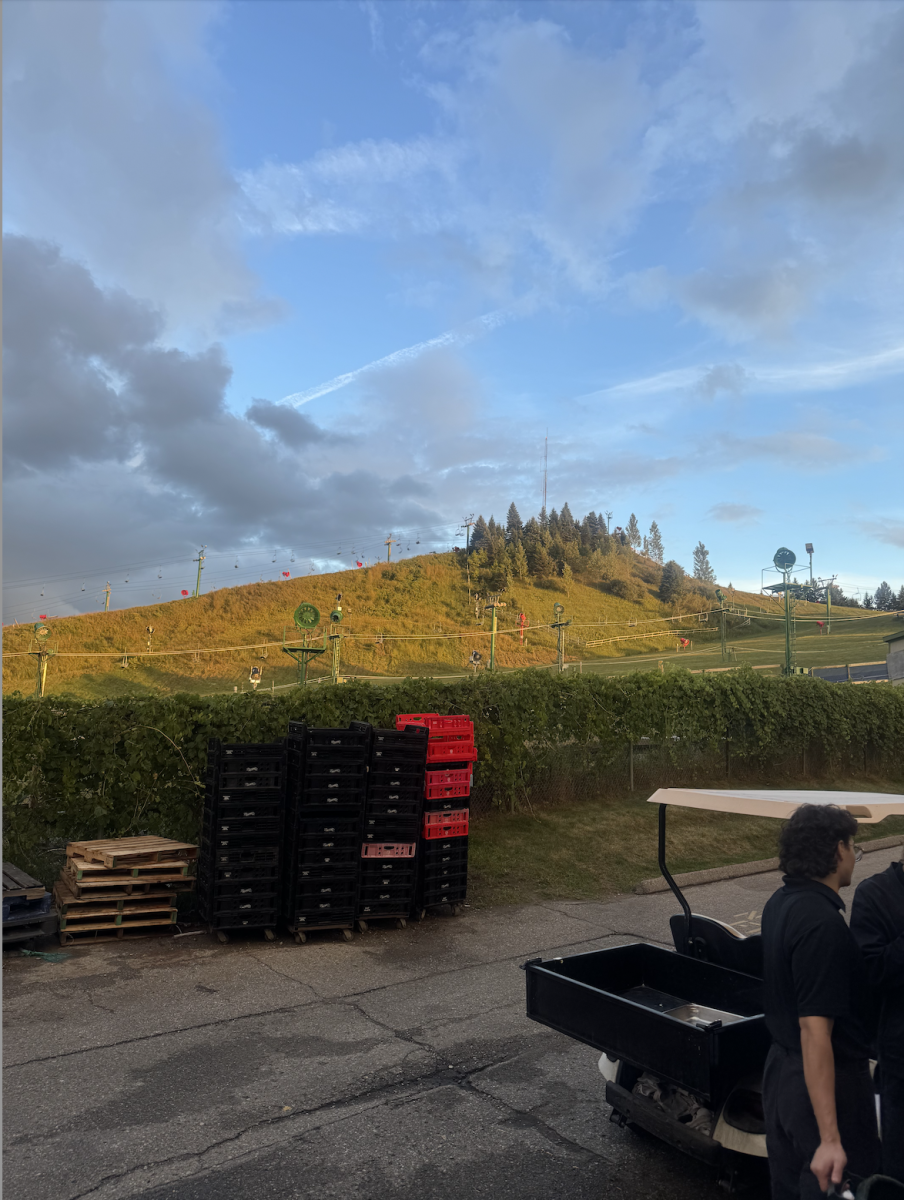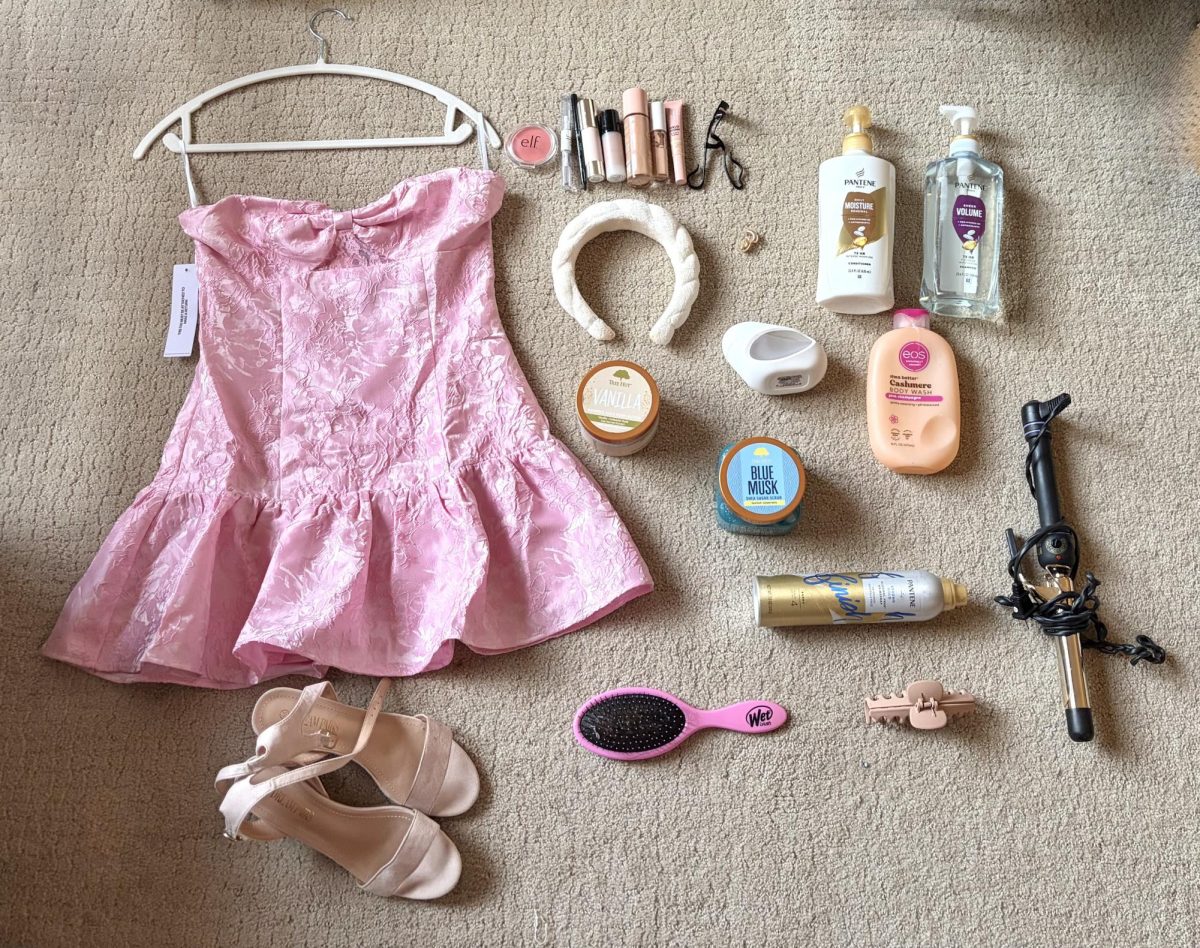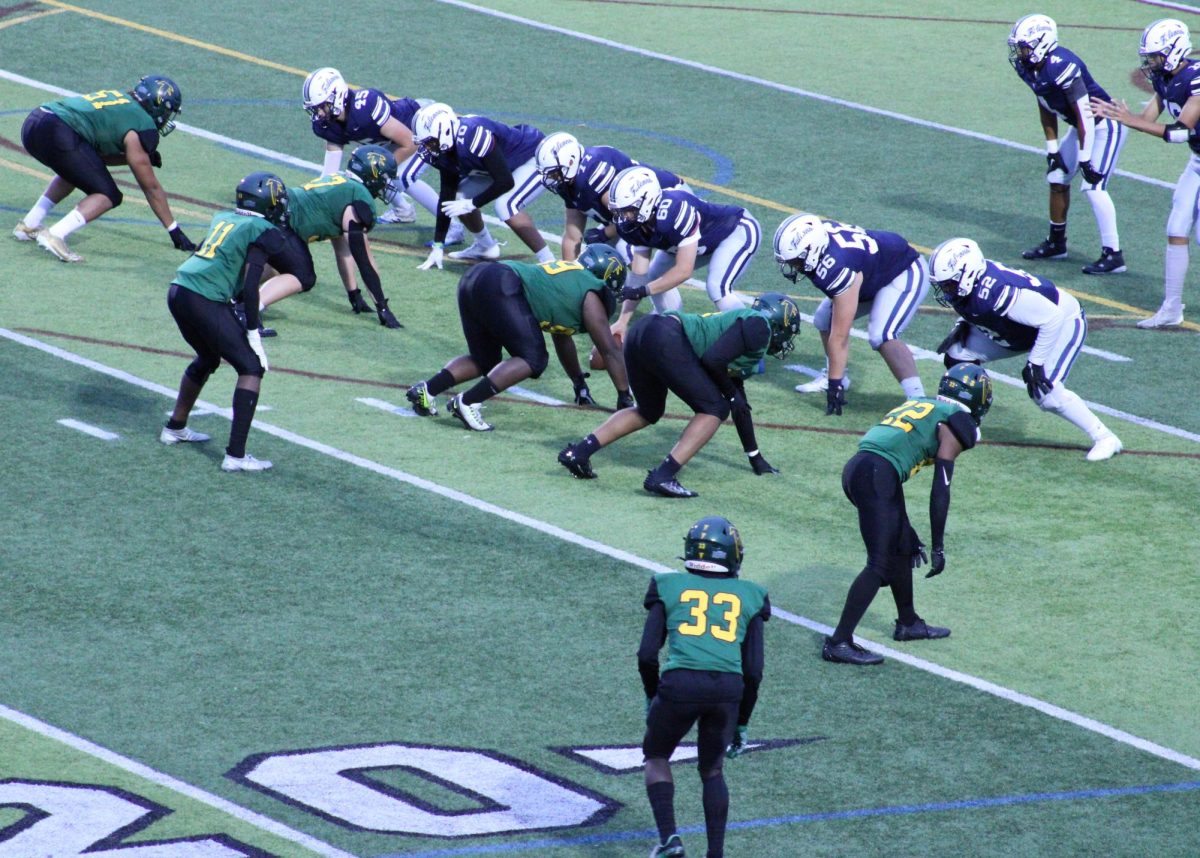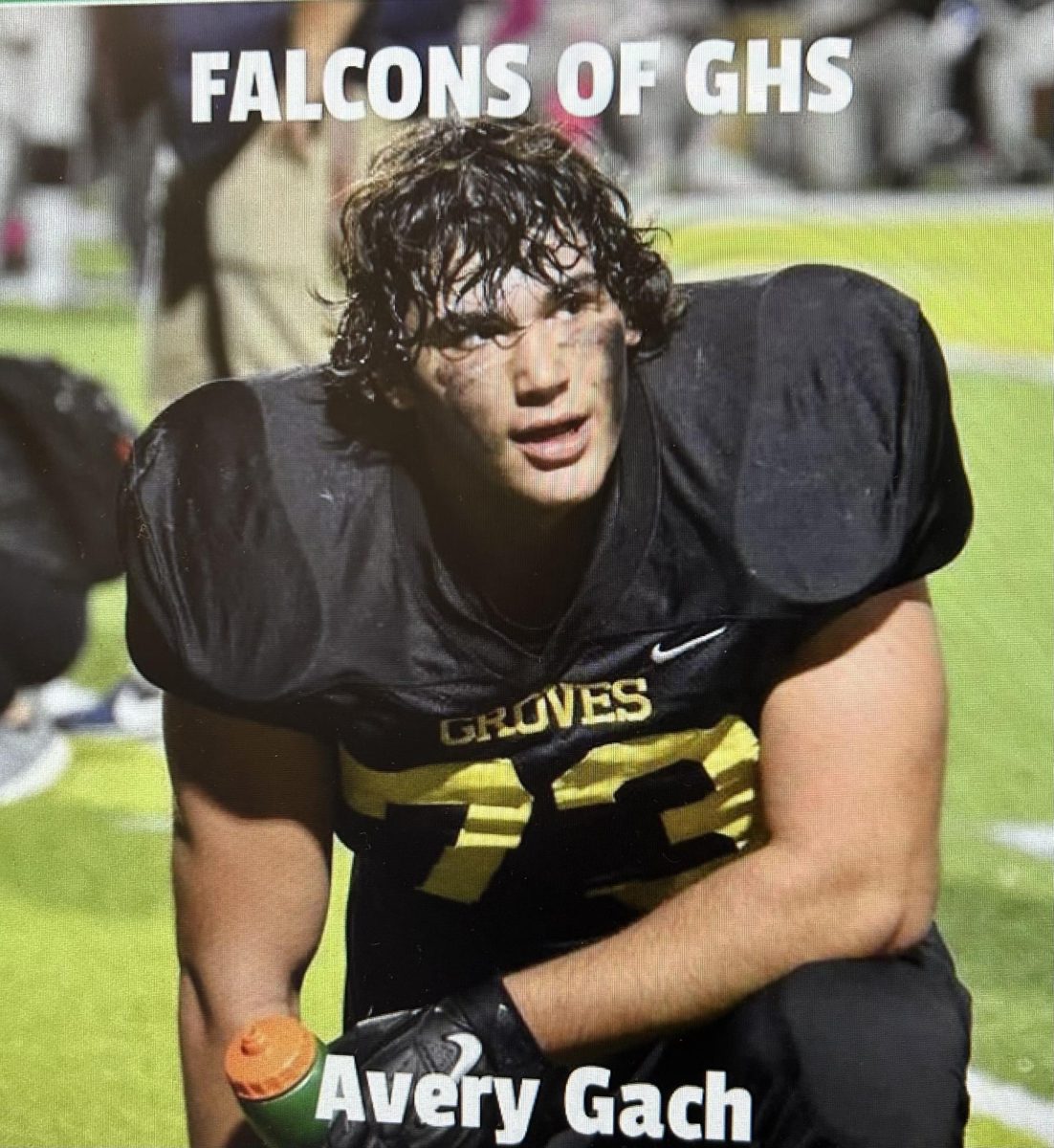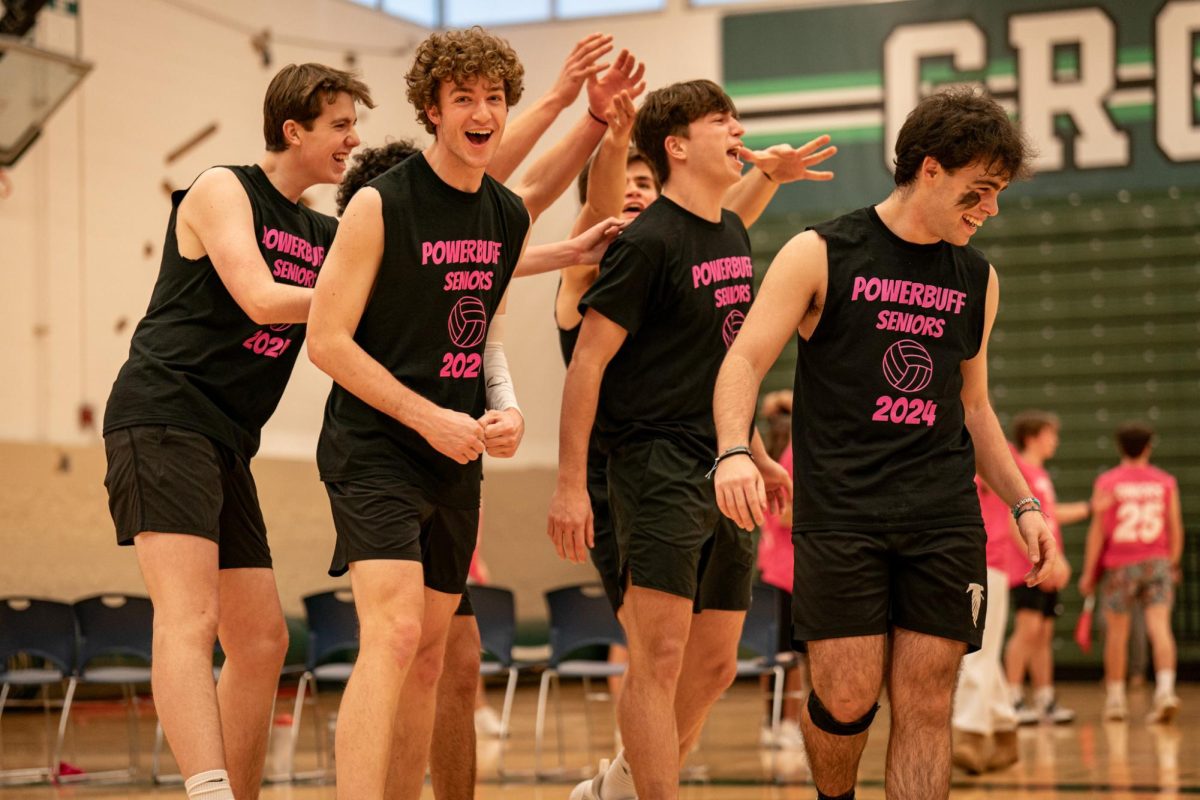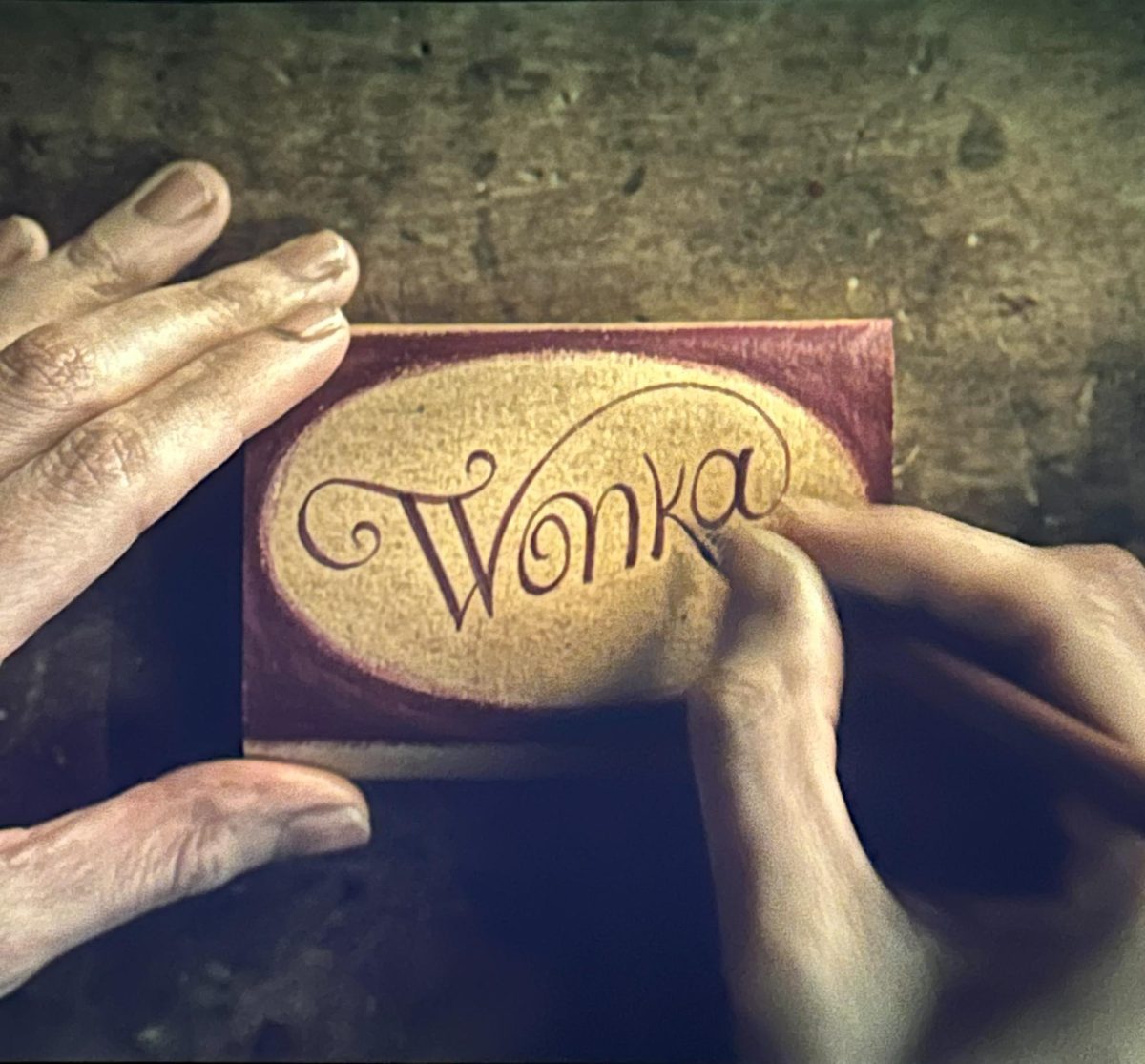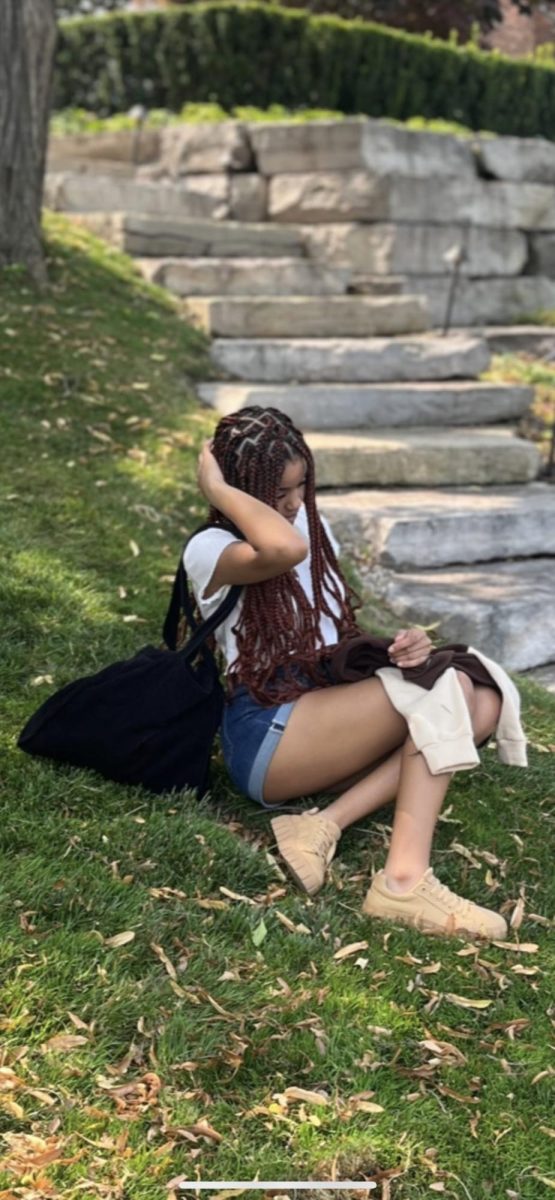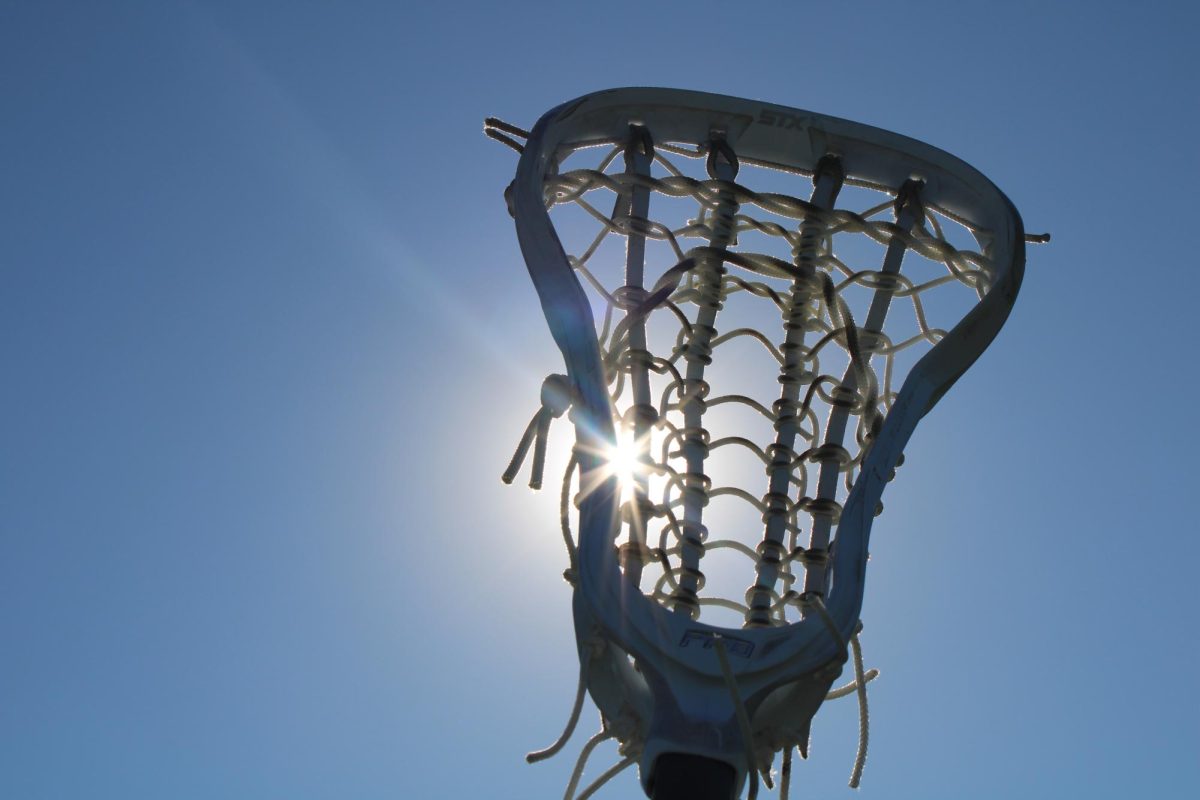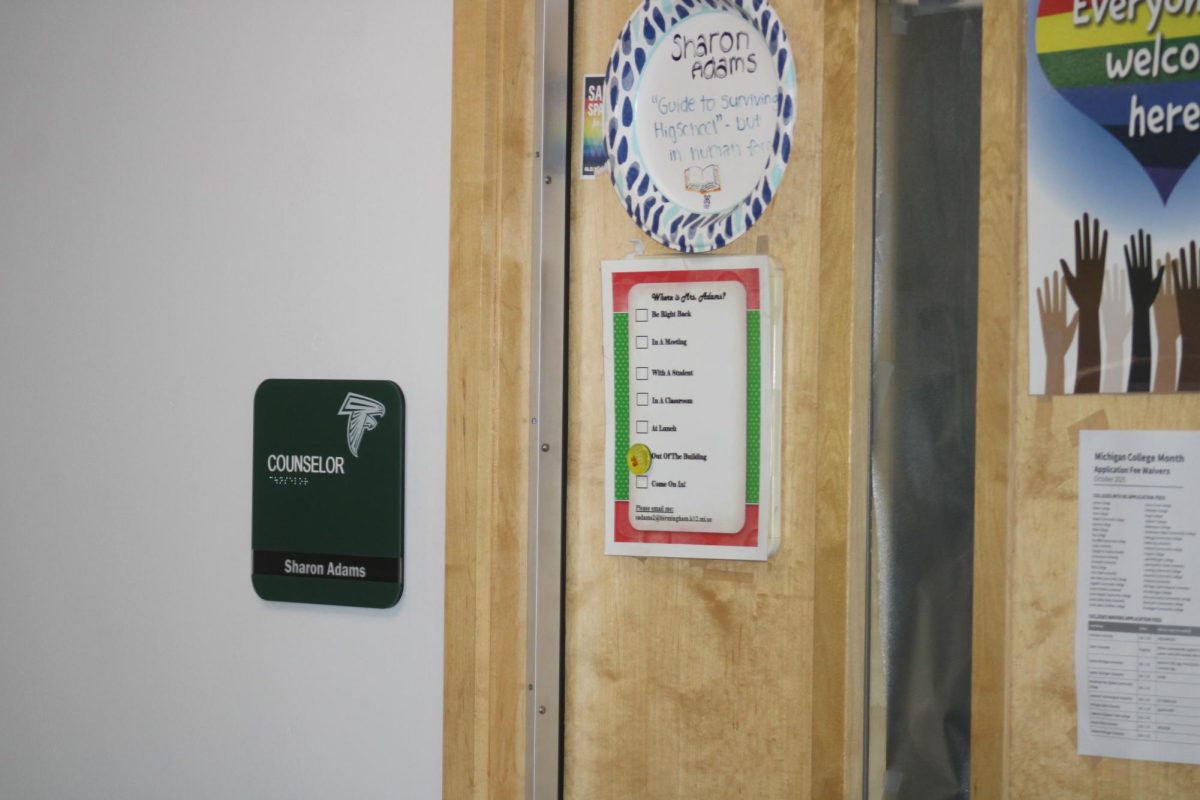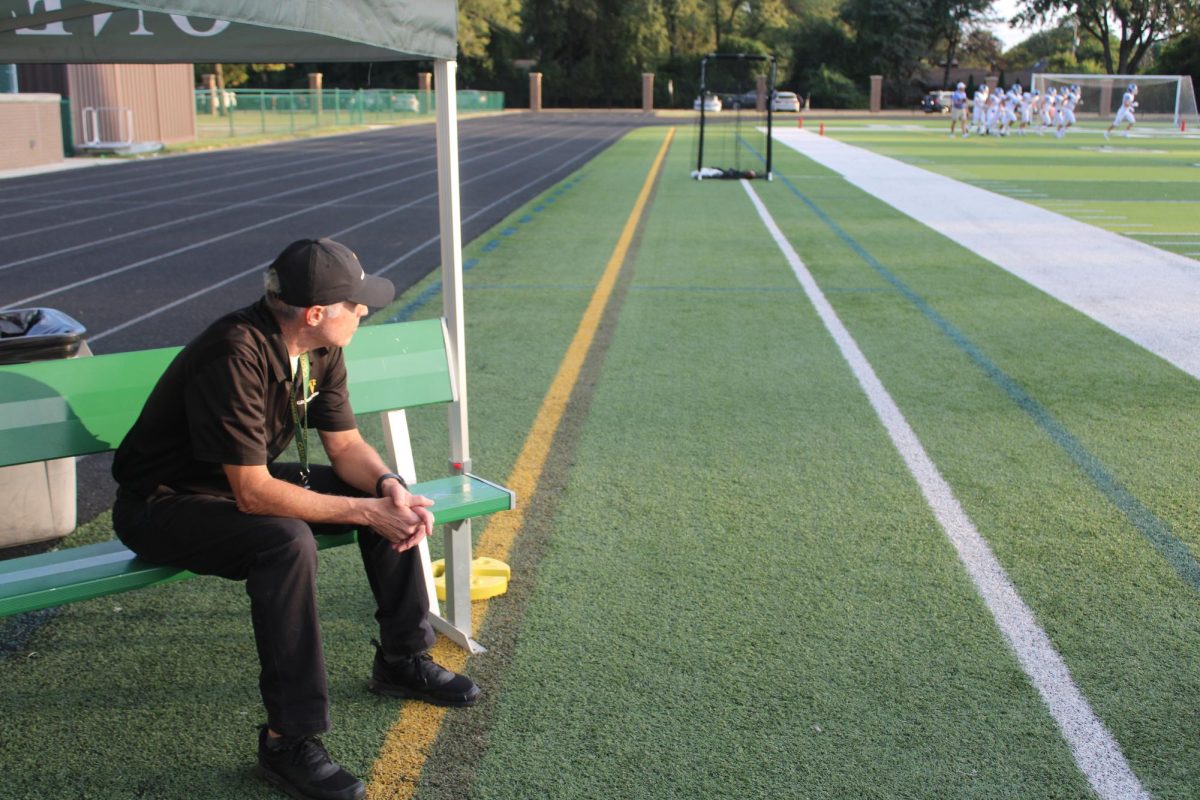Lacrosse is one of the oldest sports in America, originating in today’s New York state and nearby Canada in 1100. It was originated by the Haudenosaunee people (commonly known as the Iroquois Confederacy).
For the Haudenosaunee, lacrosse was a sacred way to train for war, let their hair down, cure maladies (earning it the nickname “medicine game”), trade and settle disputes with other tribes, and connect with the creator and their ancestors in the sky world— a mystical universe that occupies the same space as our sky. According to History.com, lacrosse is a part of the Haudenosaunee story of creation. As it goes, a chief needs to marry a young woman in order to save their universe, the sky world. However, the young woman falls in love with another man— a lacrosse player— who “dives” through a hole in the torn multiverse to save her, and they mate before she lands on Earth. That is why the Haudenosaunee people believe that when they play lacrosse, their ancestors in the sky world are doing the same, playing alongside them right above their heads.

“Today, [to] a lot of people, it’s just a sport. To others, it’s a way of life,” Chris Hammond (a previous Syracuse University lacrosse player, and coach for children’s teams and the Turkish men’s World Games team) said.
Lacrosse is more than a game. For the Haudenosaunee people, it’s a connection to their ancestors, the creator and other tribes. It’s not only a game, but a spiritual medicine. It’s a huge part of their culture. But to the Europeans who took over the sport, it is merely a game. Non-natives began to play lacrosse in the 1630s after French missionaries saw and were impressed by it. Despite lacrosse originating from and being played by the Haudenosaunee people daily, only 0.3% of lacrosse players today are Native American or Alaskan Native.
The name “lacrosse”, in fact, was invented by French missionaries who saw the game and believed that the sticks looked like bishop’s staffs… but it already had a name. It had many names, actually. The Haudenosaunee word for lacrosse is Dehoñtjihgwa’és, which roughly translates to “they bump hips.” However, there are many Native American names for lacrosse, such as Medicine Game, Creator’s Game, Baggataway and Tewaaraton, meaning “little brother of war.” Of all these names, Medicine Game may be the most culturally accurate, since the Haudenosaunee people believed the game to have been gifted to them by the creator, as a way of healing their spirits.
As lacrosse became more popular, natives began to play outside of tribal affairs, and eventually even started playing on nearby college teams, like Syracuse University. When lacrosse was to be a part of the 1932 Olympic demonstration games, the Onodaga Nation’s team played and won almost all of their matches.
“Unfortunately, with the success of the Onondaga team and other native teams against the collegiate teams, the USA Lacrosse association banned all native teams from playing ‘field Lacrosse’ as they felt that the natives were ‘professional’ players,” onondaganation.org said.
One would think that such Olympic success would gain the native people respect and acknowledgment of their skill, but did they receive too much of the latter? So much that it scared people? People often fear what’s different, and unfortunately fear often leads to discrimination. Since they were no longer allowed to play field lacrosse in the big leagues, natives turned to competitively playing Canada’s up-and-coming adaptation of lacrosse, “box lacrosse,” which is essentially lacrosse on ice.
However, field lacrosse was gifted to the Iroquois by the creator, so they continued to play. Quoted in a CBC article from 2020, Leo Nolan, a Mohawk member of the Onondaga Nation, affirms the Iroquois National’s success in previous World Games. “‘In the men’s [field lacrosse] … we are third in the world. And we’ve won the bronze medal the last two competitions, in 2014 in Denver and then in 2018 in Israel. In the indoor game, we’ve won a silver every year it’s been competed since 2003.”
Despite being ranked third in the world — for reference, there are currently 91 members of World Lacrosse, from 4 different continental federations — the Iroquois Nationals were barred from future World Games, with World Lacrosse claiming that they (the Iroquois Nationals team) did not fit the definition of a nation-state, which is a requirement for qualifying to compete in the games.
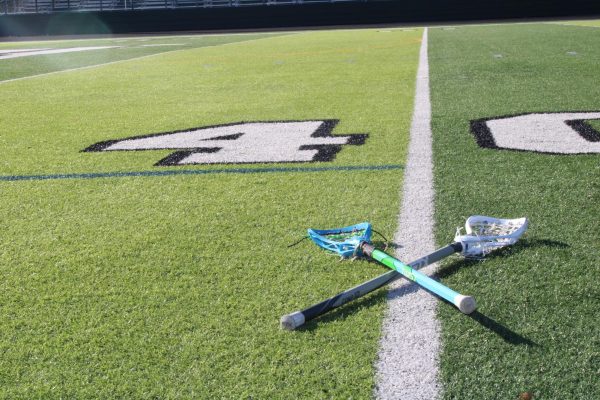
Circling back to the Olympics, Hammond had a hard opinion on whether or not the Iroquois nationals should be allowed to play. “We wouldn’t have lacrosse without them and for them to not let them play was absolutely absurd, and extremely disrespectful to every single person that has ever played lacrosse… It’s going to be tough because that’s going to be probably the only sport that they compete in in the World Games… [But] if they ever had to make a special ‘okay’ for them to do this, I think that they should,” Hammond said.
In 1990, after much discussion, natives were finally permitted to compete in their native sport for the Olympics once again. This time, however, they began to compete as their own nations and teams: the Onondaga Nation and the Iroquois Nationals. Despite having just returned to the game, lacrosse did not return to the Olympics. But after years of exile and much debate, the Onondaga team is finally set to play in the 2028 Olympic games, when lacrosse is set to return to the Olympics.


